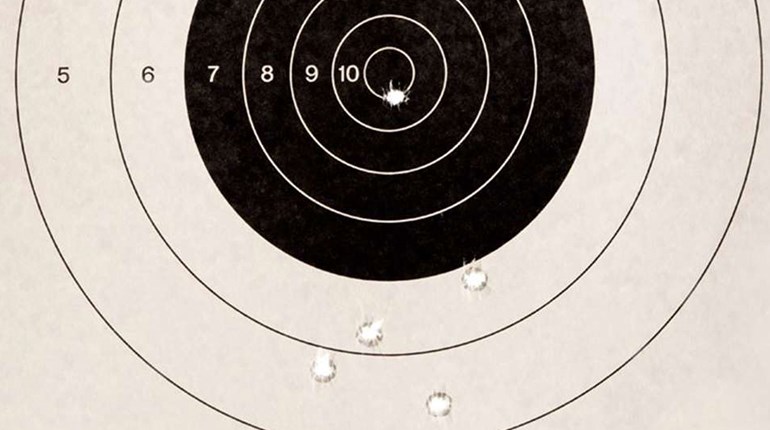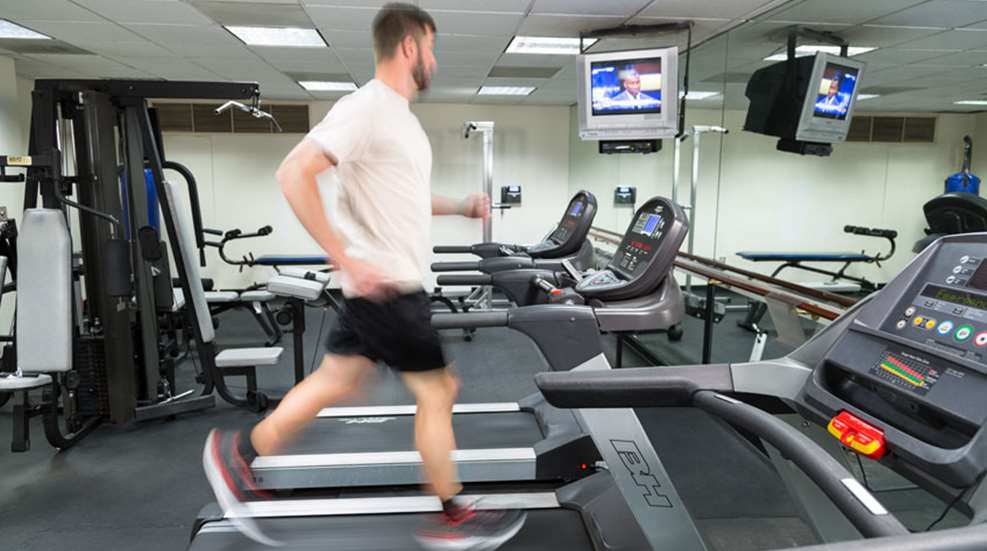
When it comes to self-defense, we all have likely imagined a scenario where we have to draw our trusty EDC pistol against an armed criminal threatening us harm. With all of our firearms training, that scenario usually involves us ending the threat in some fashion using that gun. But, the reality is most of us will never encounter such a situation—at least not where the act of self-defense is quite so easy. We’re far more likely to encounter a criminal attack at contact distances or, conversely, a situation farther away than 7 yards. In either case, physical fitness becomes as important if not more so than your proficiency with a firearm. You may have to grapple with a younger, stronger adversary, or your best option may be to run away without passing out in the first 10 yards. Despite this reality, many shooters last seriously worked on physical fitness back in high school. It’s time to get up off the couch so you can be better prepared for self-defense with these fitness tips.
Past Your Prime
We all have memories of ourselves in our “prime” and what we used to be. Back in the day, we likely never needed to warm up much before we lifted or ran. We used to eat and drink whatever we wanted and not gain weight. These are great memories, but that’s what they are—memories. As we get older and our bodies change, we need to address certain issues that come along with slower metabolism as well as injuries that occur while on the job or during athletic pursuits, etc.
Also, many times our egos (and our memories of past conquests) won’t let us admit to ourselves what everyone else knows (including our loved ones): we just can’t do what we used to do. And, we frequently can’t hear anyone else trying to tell us this in a supportive tone. Even in our circle of friends, some people say things to us that we see only as critical and not supportive. This can be a hard message for us to hear.
My experience has shown me that training first-responders is a lot like training professional athletes—active or retired. These people are usually goal driven, very smart and successful in certain aspects of their lives. Because of their past successes, however, they are susceptible to fads and/or myths and may look for shortcuts. This makes them vulnerable to falling for gimmicks and not following steady, proven workout routines. For the rest of us, who may never have been in that kind of shape, staying fit can be even more difficult. Remember, there wasn’t ever an easy way to attain fitness when we were young, and there certainly isn’t any easy way to attain fitness now that we’re older.
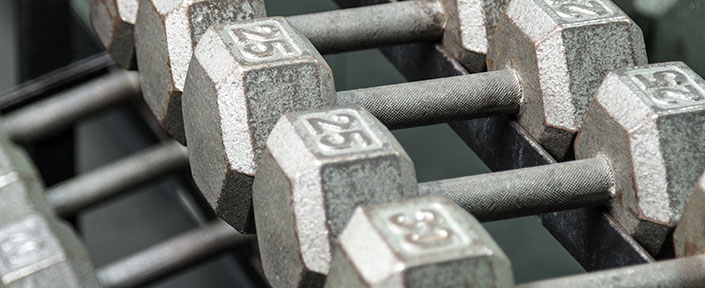
Food is Fuel
A good way to look at this is to compare your body to a car. Whenever you enhance it, it can perform at a higher level. If you only enhance your favorite parts, like the engine or just the wheels, then other parts of the car can end up being broken or performing in a suboptimal way. To carry the analogy further, food is a lot like gas, and a bad diet is like bad fuel—both of which will restrict performance.
When I was the strength coach for the Denver Broncos, I hired a Ph.D. in nutrition to help me get the team in peak performance shape. I’ve always felt that talking about nutrition can be like a Pandora’s Box: everybody has their opinion—their own truth of what they think will work. I never wanted to get into those types of arguments, because they seemed so emotionally driven. Science is science and fads are fads.
So, let’s start with the body’s fuel: Everyone has to eat. What you eat, how much you eat and how often you eat all impact your physical performance. It seems as if everyone has their own approach. We’ve all tried the “new” answer to fitness nutrition—whether it’s a shake, a supplement or a specific dietary menu. Here’s the truth: If you eat more calories on a daily basis than you burn, you’ll most likely gain weight. If you eat certain foods at certain times, sleeping can be interrupted. Any extreme diet has pitfalls. Our bodies need the four main food groups, and it isn’t all that hard to eat healthy and sleep well to create a healthy body.
I’ve never been an advocate of cutting out certain food groups like all carbs or all fats. Your body needs all four main food groups every day. And everyone needs those in varying degrees based on your age and exercise regime. Consult a physician or dietician if you have any nutritional challenge that needs to be addressed.
Get With the Program
Any training program is like building a house: the best way to start is to have a good foundation. An aerobic base is that metaphoric foundation. Long, slow distance walking, jogging or slow running—whatever you can handle just to get started on a regular basis—is a great way to build the physical foundation. You can start slow and add speed as your body acclimates to higher levels of healthy activity. Target training time is 30 to 60 minutes. Consistency is the key to gain this first step.
When you first start to try to build an aerobic base, a good tip is to get a great set of headphones and to go for long walks or runs—for time, not distance. (Now, this does reduce your capacity for situational awareness, so you probably want to do this in an area with relatively little crime or stick to a treadmill, elliptical or other machine.) This helps reduce anxiety. Some days you’ll go really far and other days you won’t. It’s a complex formula based on the stress in your life, the food you eat, how much sleep you’ve had, how old you are, previous or current injuries, etc. Whatever you’ve eaten in the last 48 hours is what’s in your gas tank and what your body has access to. If you’ve eaten crud, you’re not going to perform well. If you’ve eaten in a healthy manner, then you will perform well. It’s really that simple.
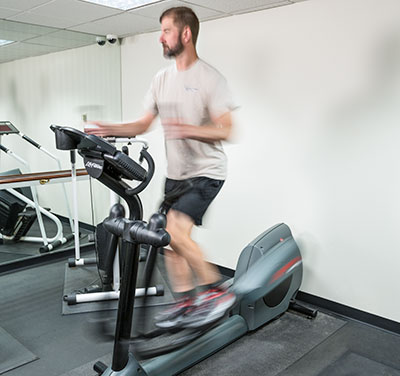
Easy Home Gym
I have converted one of the bedrooms in my house into what you might call a wellness center. I have an elliptical machine, a rowing machine and a set of block weights. All of these items are easily purchased online for a fraction of what they originally cost. Many people think that they’re going to be doing some elaborate fitness program and the equipment just ends up collecting dust in basements, garages or storage units, which means there’s a ton of very lightly used, quality equipment out there for cut-rate prices. So, it doesn’t require a huge capital investment to get an effective home-wellness center set up.
I use both cardio pieces (elliptical and rowing machine) the way I have suggested for walking or jogging: Long, slow, distance training for 30 to 60 minutes at a time. Since I don’t do it for distance but for time, three of the most important pieces of equipment in my home weight room are the wall-mounted flat-screen TV, the DVR and the DVD player. These help fight boredom when I am training. Remember, the only difference between a rut and a grave is the depth of the hole. Be consistent in your training, but change up the activities so you don’t get too bored and have another excuse to skip it.
One of the things I like to do when I’m watching TV is to go slow and steady during the show (so I can watch), and then when the commercial comes on accelerate a little. This helps your body and your mind, and burns a few more calories. It’s also good for your heart. The acceleration helps builds your heart rate, but not so much that it gets too high. This is the value of the long, slow distance method. See the heart-rate chart on the previous page that recommends beats per minute, or BPM.
Cardio vs. Strength
You may have heard of the terms “aerobic” and “anaerobic.” Aerobic exercise helps you burn fat and can reduce blood pressure. Anaerobic exercise is higher in intensity and helps you get stronger. It’s important to balance these approaches, as there can be a problem if you only focus on one or the other. We all need to have a balance in our lives athletically, physically, mentally and in terms of diet.
This is all related to balance and completeness. I’ve heard of stories of people only seeing merit in doing high-intensity activities because it makes them feel like they are working hard. There are countless stories of such people dropping dead because all they do is high-intensity activities like playing racquetball or basketball, and they see aerobic activities or light, slow distance training as a waste of time. That’s just not the case. The base of the foundation, remember, is aerobic activity. Without a firm foundation, your house can crumble. In the case of your body, you could have a heart attack or a stroke. You want to always have both aspects of training—high- and low-intensity activities—in your exercise program. Aerobic activity and weightlifting can be lower in intensity. More repetitions with lighter weights fulfill the aerobic aspect in a weight-training program.
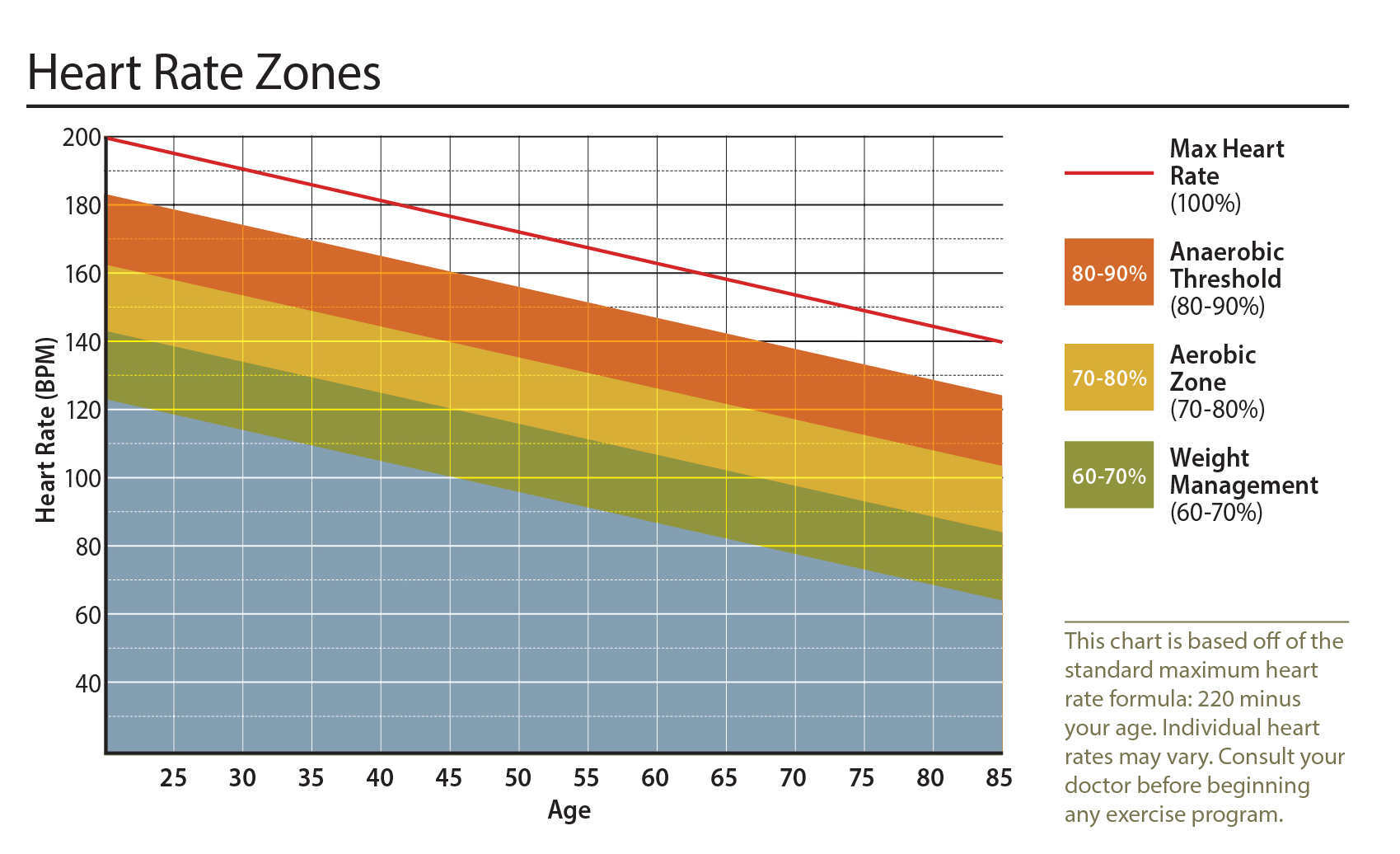
The same applies in weightlifting as in running. The first step is a base program of three to four sets of 10 repetitions with a strong focus on technique. This helps your body be safer while you re-acclimate to weightlifting. This phase should last four to six weeks. Whether it’s been months or years since you’ve lifted, makes sure you’re prepared with a spotter as you get started. Feel free to take breaks when you’re getting started, but try to finish the sets. Also, remember this isn’t a sprint, but a marathon. Don’t go crazy when you’re just starting out. Even though you might not think you’re doing much, you’re probably going to be sore 48 hours later.
The second phase of lifting can be the typical pyramid program consisting of four to five sets of 10, eight, six and four reps. As the reps decline, the weight gets heavier. This is now becoming more anaerobic in nature because of the higher intensity. This phase is also more dangerous, and you should have a spotter during such workouts.
It is crucial to remember that the base program builds the foundation. You must perform this phase before going on to the second phase to reduce the chances of injury. If you take any time off for injury, illness or vacation, start back at the base. You can’t simply jump back into heavy pyramid lifting and not chance a high risk of getting injured.
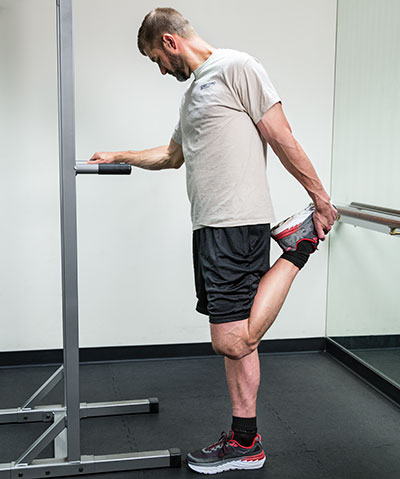
Warming Up
When we get older, the warm-up and the warm-down phases become more important than ever. Another golden rule is never stretch cold. To return to the car analogy, if you want to take a high-performance vehicle out for a spin, you must always warm it up first. You want to raise your core body temperature before you take your body out for a hard workout. There are several ways to raise your core body temperature. They include 10 to 20 minutes on the elliptical at a slow speed, the rowing machine at low resistance levels or jumping rope—any light activity that is more than sitting around.
Just remember that stretching always does two things: it reduces and enhances. Pre-activity stretching reduces the chances of injury and enhances your ability to perform; when you post-stretch, you reduce soreness later on and you can enhance your flexibility. These rules are even more critical as we get older. We may not have paid attention to them when we were younger and suffered no ill results, but as we age, the problems associated with ignoring them increase dramatically.
Nothing stays the same on a daily basis. You’re always either getting stronger or weaker. Your health is a matrix of several variables. Your diet, sleep patterns and exercise regime along with your mental outlook all control what you were yesterday, what you are today what you will become tomorrow.
Remember, there’s no one right way to do anything, but be smart and safe. Refer to the heart-rate workout chart for the appropriate heart rate for which you should strive. Know the difference between aerobic and anaerobic activities. These ideas have been proven time after time with great results when applied consistently. When it comes to being prepared to defend yourself, being physically fit is as important if not more so than being proficient with firearms and other defensive tools. Not only will it help you survive an attack, it will help you become a better shot as you are in better shape—slower respiration and a heart rate make it easier to hold a firearm steady.
Ultimately, it does you no good to be able to deliver a perfect failure drill if your heart gives out in the middle of a struggle with a criminal. So, spend some time getting your body in shape. You’ll be happy you did, even if you never encounter a bad guy.
About the Author
I.J. Gorman has designed and implemented police academy physical training programs, and has consulted with numerous first-responder agencies throughout the country. He is a former NFL Strength Coach and served on the coaching staff of the U.S. Military Academy’s football team. Gorman is a published member of the National Strength & Conditioning Association (NSCA).













